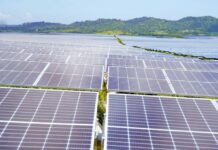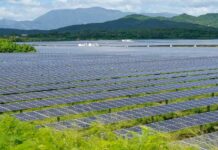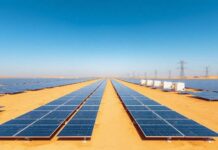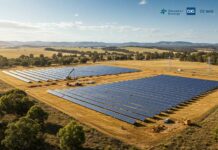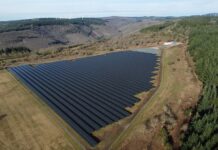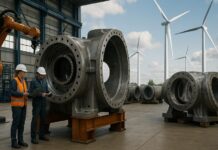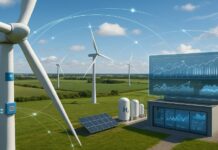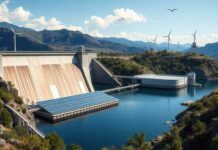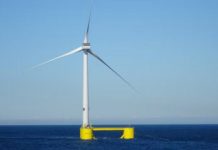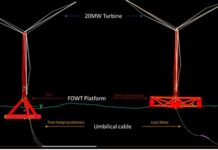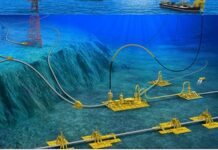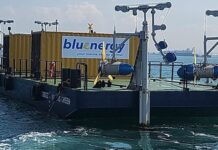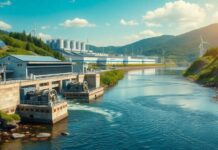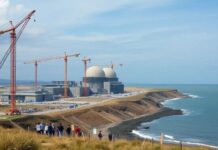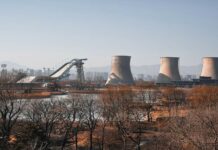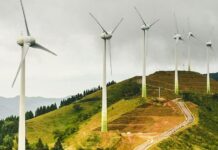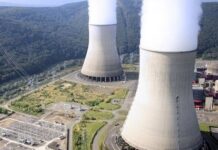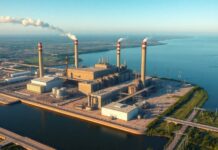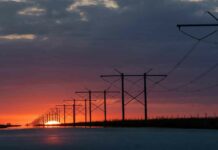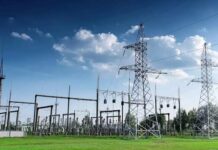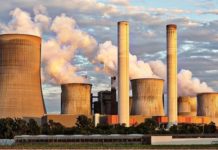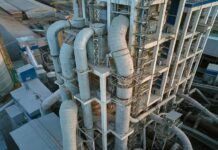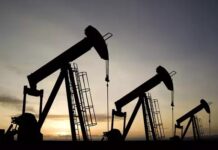In today’s environmentally-conscious world, industries across the board are under pressure to reduce their energy use and emissions. The manufacturing sector, including investment casting, is no exception. In response to these challenges, this sector has been exploring innovative solutions to minimize its environmental impact without sacrificing quality. Let’s delve into how investment casting is becoming cleaner and more sustainable.
The Environmental Impact of Traditional Investment Casting
Investment casting, also known as precision casting, is an ancient process used to create detailed metal components. However, traditional methods can be energy-intensive. They involve several steps: creating a wax model, forming a ceramic shell around it, burning off the wax, and finally pouring molten metal into the shell. The energy required to melt the metal and the emissions produced during the process can be significant.
Innovations for Energy Reduction
Thanks to technological advancements, it’s now possible to make the investment casting process more energy-efficient. One approach is the use of more efficient burnout ovens. Modern ovens recover heat from the exhaust gases, reusing it to preheat incoming air, which reduces the amount of energy needed to reach the required temperatures.
3D printing technology also presents exciting possibilities. By 3D printing the ceramic moulds directly, manufacturers can eliminate the need for wax models and burnout ovens. This not only simplifies the process but also reduces energy consumption.
Cutting Emissions in Investment Casting
Investment casting companies are also implementing strategies to cut emissions. One way is through the use of cleaner-burning fuels and energy sources. For instance, transitioning from coal-fired to electric or gas-fired furnaces can significantly decrease carbon emissions.
Additionally, the development of eco-friendly binder systems can reduce harmful emissions during the dewaxing and firing processes. Traditional binders often release volatile organic compounds (VOCs) when heated, but new binder formulations are designed to minimize these emissions.
The Role of Waste Reduction and Recycling
Waste management plays a crucial role in cleaner manufacturing. Investment casting often generates waste in the form of used ceramic moulds and sprue systems. However, many companies are now recycling these materials. Used ceramic shells, for instance, can be crushed and reused in road construction or as a raw material in concrete.
A Sustainable Future for Investment Casting
As the world becomes more aware of the need for sustainable practices, the investment casting industry is stepping up to the challenge. Through the use of energy-efficient technologies, cleaner energy sources, eco-friendly materials, and waste recycling, it’s moving towards a future where precision casting is synonymous with cleaner manufacturing.
While there’s still a long way to go, these developments represent promising steps forward. Investment casting may be an ancient process, but as it evolves to meet modern environmental challenges, it’s clear that it still has a vital role to play in our sustainable future.
Ultimately, reducing energy use and emissions in investment casting is not just about meeting environmental regulations. It’s about paving the way for a cleaner, greener world, where manufacturing processes harmoniously coexist with our planet. Andthat’s a goal worthstrivingfor.


